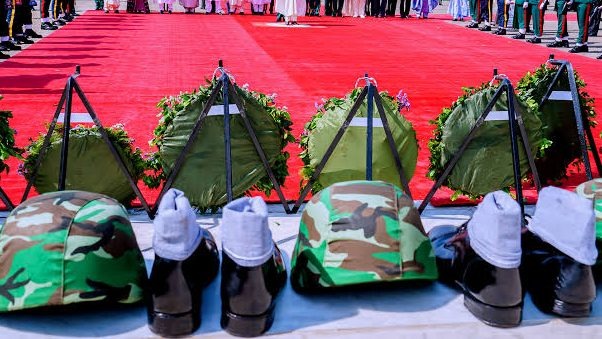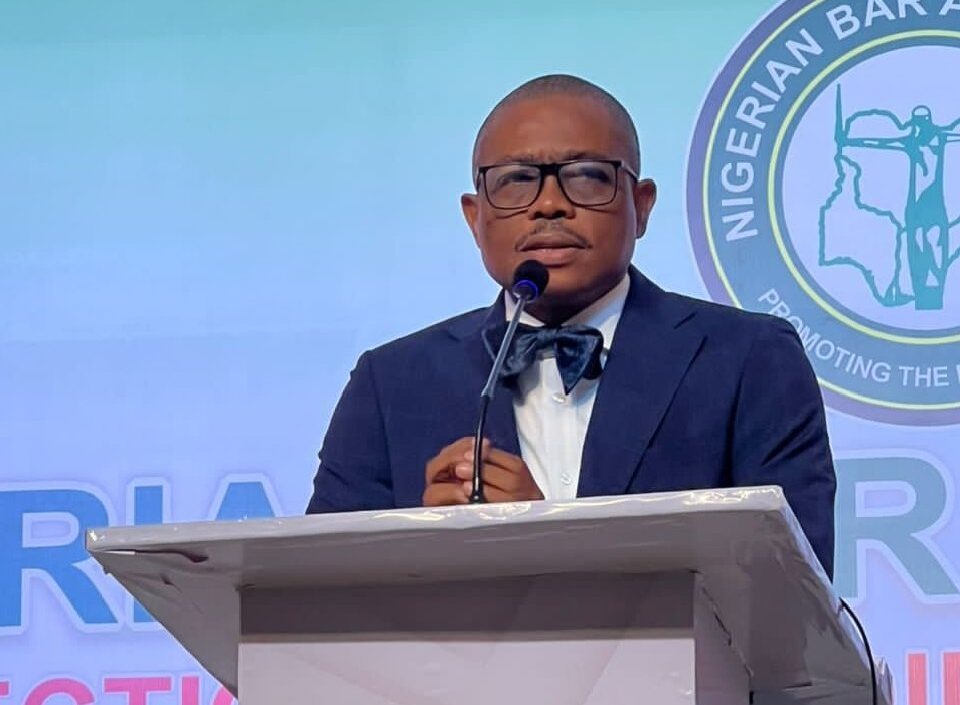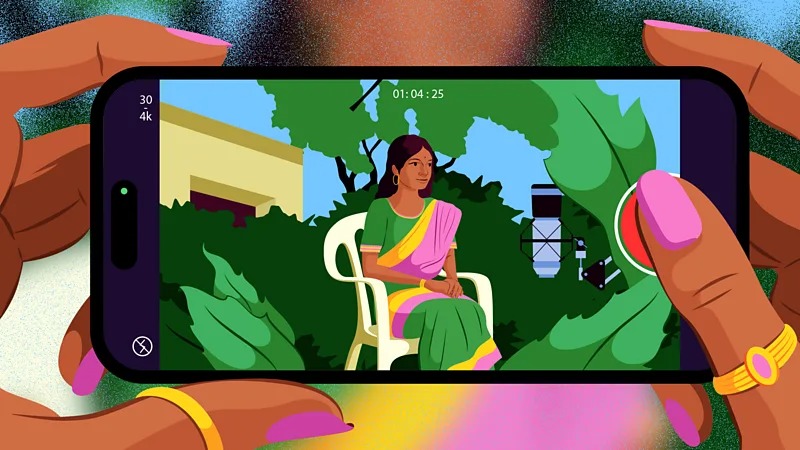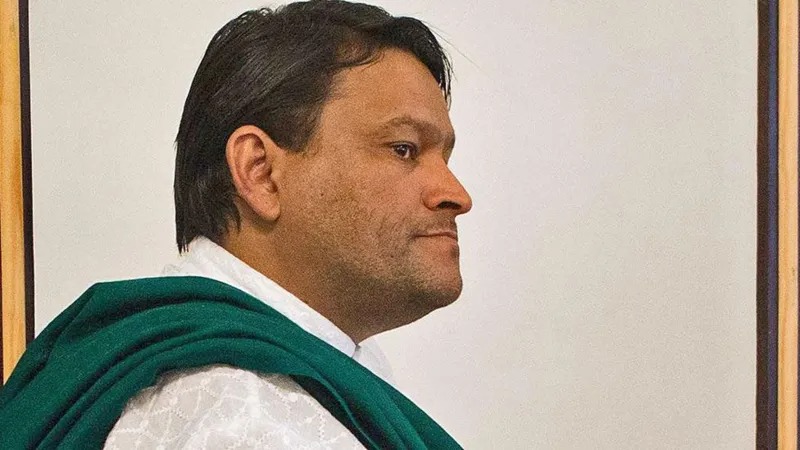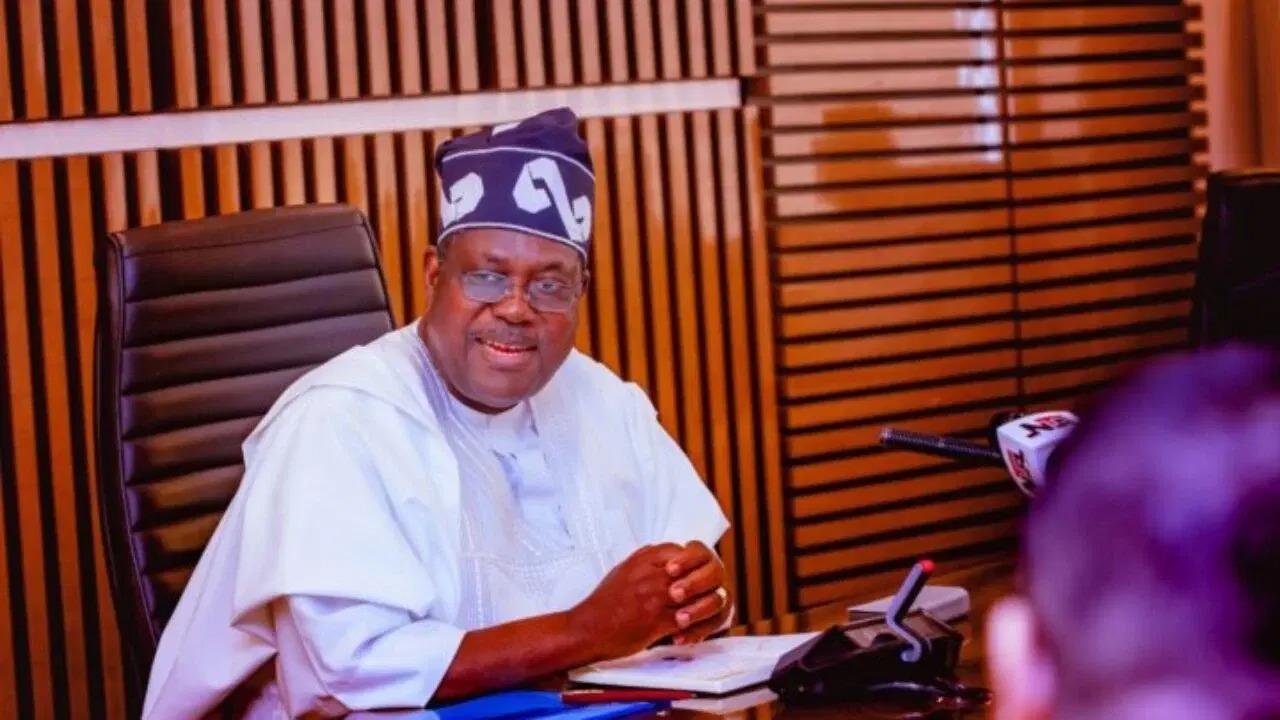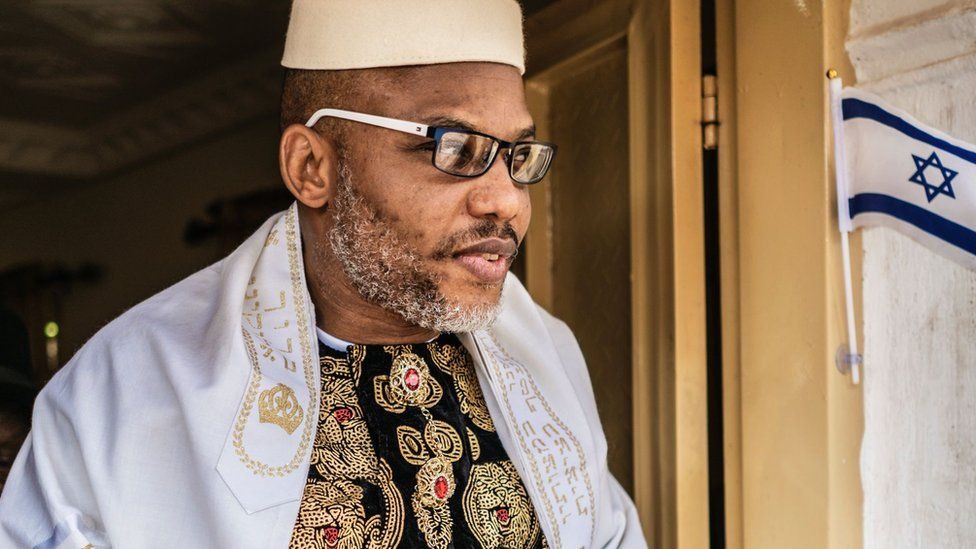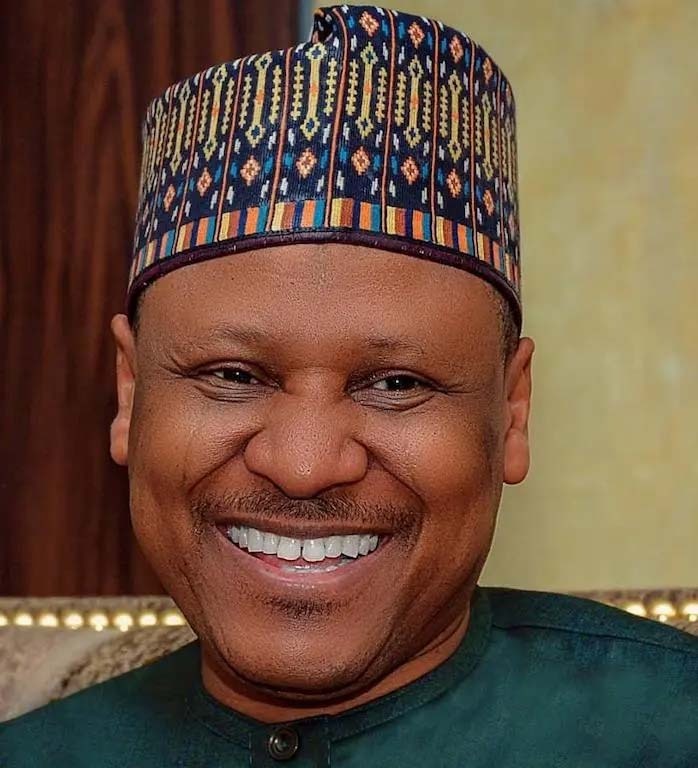The National Youth Service Corps (NYSC) has withdrawn corps members from Mbaa community in Kwande Local Government Area of Benue State. This comes after suspected armed herders reportedly killed over 20 people, including 16 farmers whose bodies were found in River Katsina-Ala. In a statement made available to journalists on Thursday, the Assistant Director of …

